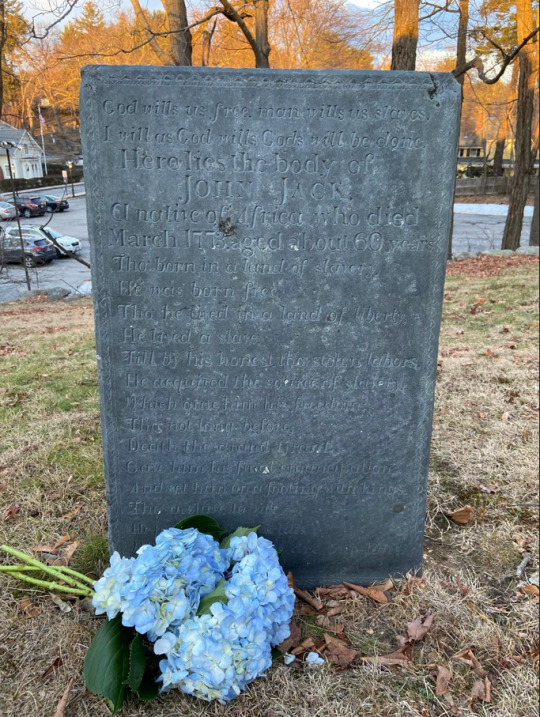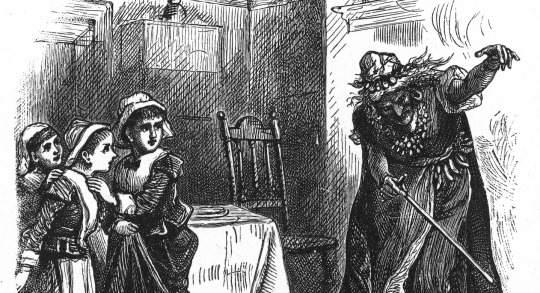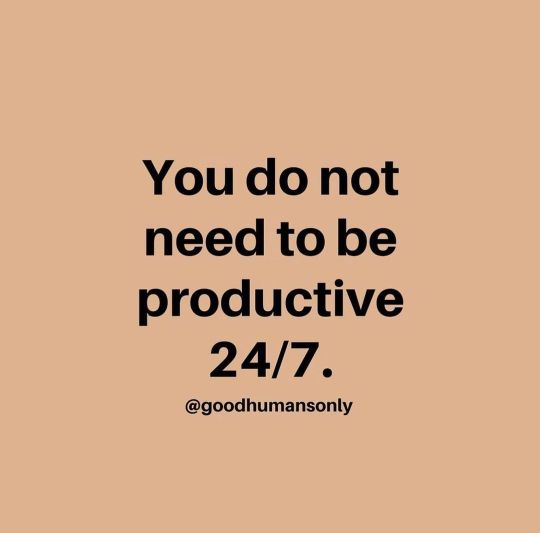Don't wanna be here? Send us removal request.
Text
57K notes
·
View notes
Text
Porn is of course not obligated to be realistic, but it is kind of funny when a piece combines that shrink-wrapped bodybuilder physique with improbably messy orgasms. Like, this person is so dehydrated by rights you should need a Swiffer to clean up after, not a towel. Getting that mesothelioma hazard dick.
2K notes
·
View notes
Text
When inventing a fantasy religion a lot of people a) make the mistake of assuming that everyone in fantasy world would worship the same gods and b) assume that polytheistic religions see all of their gods as morally good
17K notes
·
View notes
Text
Discussions of what "counts" as "canon" queer representation fall apart the second you start talking about media older than about five years or so. If your only metric for "canon queerness" is a character looking directly into the camera and explaining their identity in specific, modern, US-American-English terminology, you're not going to get a good picture of what queer media looks like. If your barometer for what counts as "canon" requires two characters of the same gender to kiss on-screen, you're not going to get a good picture of what queer media looks like.
Dr. Septimus Pretorius (portrayed by Ernest Thesiger in 1935's Bride of Frankenstein) was never going to look directly into the camera and explain his sexuality in 2024 terms, but he remains an icon in queer media history. You cannot look at that character (blatantly queer-coded in the manner of the time, played by a queer man in a film directed by another queer man) and tell me that he isn't a part of queer media history.
To be honest, even when discussing modern queer media, I would argue that the popular idea of what "counts" as "canon" is very narrow and flawed. I've seen multiple posts in the past few days that say the Nimona movie is "implied" trans representation, and I just...no, y'all, it's not "implied," it's an allegory. The entire damn movie is about transgender struggle, and the original comic is deeply tied into N.D. Stevenson's own queer journey. It isn't subtle. You cannot look at that movie and pretend that it isn't about trans struggle. It's blatant, and to say that Nimona "isn't canonically trans" is a take that misses the story's entire message, and the blatant queerphobia that almost kept the movie from happening. (I wrote a five thousand word essay about the topic.)
Queer themes, queer coding, queer exploration, and queer representation can all exist in a piece of media that doesn't seem to have "canon queer characters" on the surface. Most queer characters are never going to be able to explicitly state their specific identity labels, be it due to censorship or just due to the fact that scenes like that don't fit in some narratives. Some stories aren't conducive to a big "so what's your identity?" scene.
Explicit, undeniable, "this is my identity in no uncertain terms" scenes are very important and radical, and I'm not saying they shouldn't ever exist. I am saying that you can't consider those scenes the only way for queerness in a piece of media to be "canon."
7K notes
·
View notes
Text
we need less reassuring people by saying "dont worry, thats not weird!" and more "who cares if its weird or not? its not hurting anyone"
do it weird style. freak it up
28K notes
·
View notes
Text

"Fealty," a follow-up to this illustration: 👀
20K notes
·
View notes
Text
Screaming crying because I hate every piracy guide I come across on here.
127K notes
·
View notes
Text
Too many writers are using generative 'AI' to make their book covers, so I've written a guide on how to make your own cover for free or cheap without turning to a machine.
If you can't afford to pay an artist, you CAN make your own!
I hope this is a helpful overview that covers the basics and points to some free resources.
13K notes
·
View notes
Text

Merry Christmas 🩵 Mobei already got his gift hehe
4K notes
·
View notes
Text
On the road leading into the center of Concord, Massachusetts, there sits a house.

It is a plain, colonial-style house, of which there are many along this road. It has sea green and buff paint, a historical plaque, and one of the most multi-layered stories I have ever encountered to showcase that history is continuous, complicated, and most importantly, fragmentary, unless you know where to look.
So, where to start? The plaque.

There's some usual information here: Benjamin Barron built the house in 1716, and years later it was a "witness house" to the start of the American Revolution. And then, something unusual: a note about an enslaved man named John Jack whose epitaph is "world famous."
Where is this epitaph? Right around the corner in the town center.

It reads:
God wills us free; man wills us slaves. I will as God wills; God’s will be done. Here lies the body of JOHN JACK a native of Africa who died March 1773 aged about 60 years Tho’ born in a land of slavery, He was born free. Tho’ he lived in a land of liberty, He lived a slave. Till by his honest, tho’ stolen labors, He acquired the source of slavery, Which gave him his freedom; Tho’ not long before Death, the grand tyrant Gave him his final emancipation, And set him on a footing with kings. Tho’ a slave to vice, He practised those virtues Without which kings are but slaves.
We don't know precisely when the man first known only as Jack was purchased by Benjamin Barron. We do know that he, along with an enslaved woman named Violet, were listed in Barron's estate upon his death in 1754. Assuming his gravestone is accurate, at that time Jack would have been about 40 and had apparently learned the shoemaking trade from his enslaver. With his "honest, though stolen labors" he was then able to earn enough money to eventually purchase his freedom from the remaining Barron family and change his name to John, keeping Jack as a last name rather than using his enslaver's.
John Jack died, poor but free, in 1773, just two years before the Revolutionary War started. Presumably as part of setting up his own estate, he became a client of local lawyer Daniel Bliss, brother-in-law to the minister, William Emerson. Bliss and Emerson were in a massive family feud that spilled into the rest of the town, as Bliss was notoriously loyal to the crown, eventually letting British soldiers stay in his home and giving them information about Patriot activities.
Daniel Bliss also had abolitionist leanings. And after hearing John's story, he was angry.
Here was a man who had been kidnapped from his home country, dragged across the ocean, and treated as an animal for decades. Countless others were being brutalized in the same way, in the same town that claimed to love liberty and freedom. Reverend Emerson railed against the British government from the pulpit, and he himself was an enslaver.
It wouldn't do. John Jack deserved so much more. So, when he died, Bliss personally paid for a large gravestone and wrote its epitaph to blast the town's hypocrisy from the top of Burial Hill. When the British soldiers trudged through the cemetery on April 19th, 1775, they were so struck that they wrote the words down and published them in the British newspapers, and that hypocrisy passed around Europe as well. And the stone is still there today.

You know whose stone doesn't survive in the burial ground?
Benjamin Barron's.
Or any of his family that I know of. Which is absolutely astonishing, because this story is about to get even more complicated.
Benjamin Barron was a middle-class shoemaker in a suburb that wouldn't become famous until decades after his death. He lived a simple life only made possible by chattel slavery, and he will never show up in a U.S. history textbook.
But he had a wife, and a family. His widow, Betty Barron, from whom John purchased his freedom, whose name does not appear on her home's plaque or anywhere else in town, does appear either by name or in passing in every single one of those textbooks.
Terrible colonial spelling of all names in their marriage record aside, you may have heard her maiden name before:

Betty Parris was born into a slaveholding family in 1683, in a time when it was fairly common for not only Black, but also Indigenous people to be enslaved. It was also a time of war, religious extremism, and severe paranoia in a pre-scientific frontier. And so it was that at the age of nine, Betty pointed a finger at the Arawak woman enslaved in her Salem home, named Titibe, and accused her of witchcraft.

Yes, that Betty Parris.
Her accusations may have started the Salem Witch trials, but unlike her peers, she did not stay in the action for long. As a minor, she was not allowed to testify at court, and as the minister's daughter, she was too high-profile to be allowed near the courtroom circus. Betty's parents sent her to live with relatives during the proceedings, at which point her "bewitchment" was cured, though we're still unsure if she had psychosomatic problems solved by being away from stress, if she stopped because the public stopped listening, or if she stopped because she no longer had adults prompting her.
Following the witch hysteria, the Parrises moved several times as her infamous father struggled to hold down a job and deal with his family's reputation. Eventually they landed in Concord, where Betty met Benjamin and married him at the age of 26, presumably having had no more encounters with Satan in the preceding seventeen years. She lived an undocumented life and died, obscure and forgotten, in 1760, just five years before the Stamp Act crisis plunged America into a revolution, a living bridge between the old world and the new.
I often wonder how much Betty's story followed her throughout her life. People must have talked. Did they whisper in the town square, "Do you know what she did when she was a girl?" Did John Jack hear the stories of how she had previously treated the enslaved people in her life? Did that hasten his desperation to get out? And what of Daniel Bliss; did he know this history as well, seeing the double indignity of it all? Did he stop and think about how much in the world had changed in less than a century since his neighbor was born?
We'll never know.
All that's left is a gravestone, and a house with an insufficient plaque.
7K notes
·
View notes
Text
'can we normalize this'
'we need to normalize that'
can you all shut the fuck up for a minute and reconsider how constantly demanding normalization only retrenches the moral position that weird = bad?
like no you're not actually going to be able to normalize a lot of stuff, because it's statistically unusual or aberrant. you can't normalize shit that is not by any definition normal.
what you need to do is fucking stand up for the weirdos, freaks, and deviants, and remind everyone who is normal that their position just makes them normal. not good, not right, not correct, not better, not perfect, not beyond reproach or improvement.
being weird isn't bad. stop normalizing that, already.
11K notes
·
View notes
Text
it disturbs me that a significant number of people think that the issue with sexual violence, gendered violence, and misogyny is sexual desire rather than dehumanization, so they are relentlessly suspicious of others' (and their own) desires while simultaneously never at all interrogating others' (and their own) dehumanizing beliefs about other people, both within and outside of sexual contexts
45K notes
·
View notes













